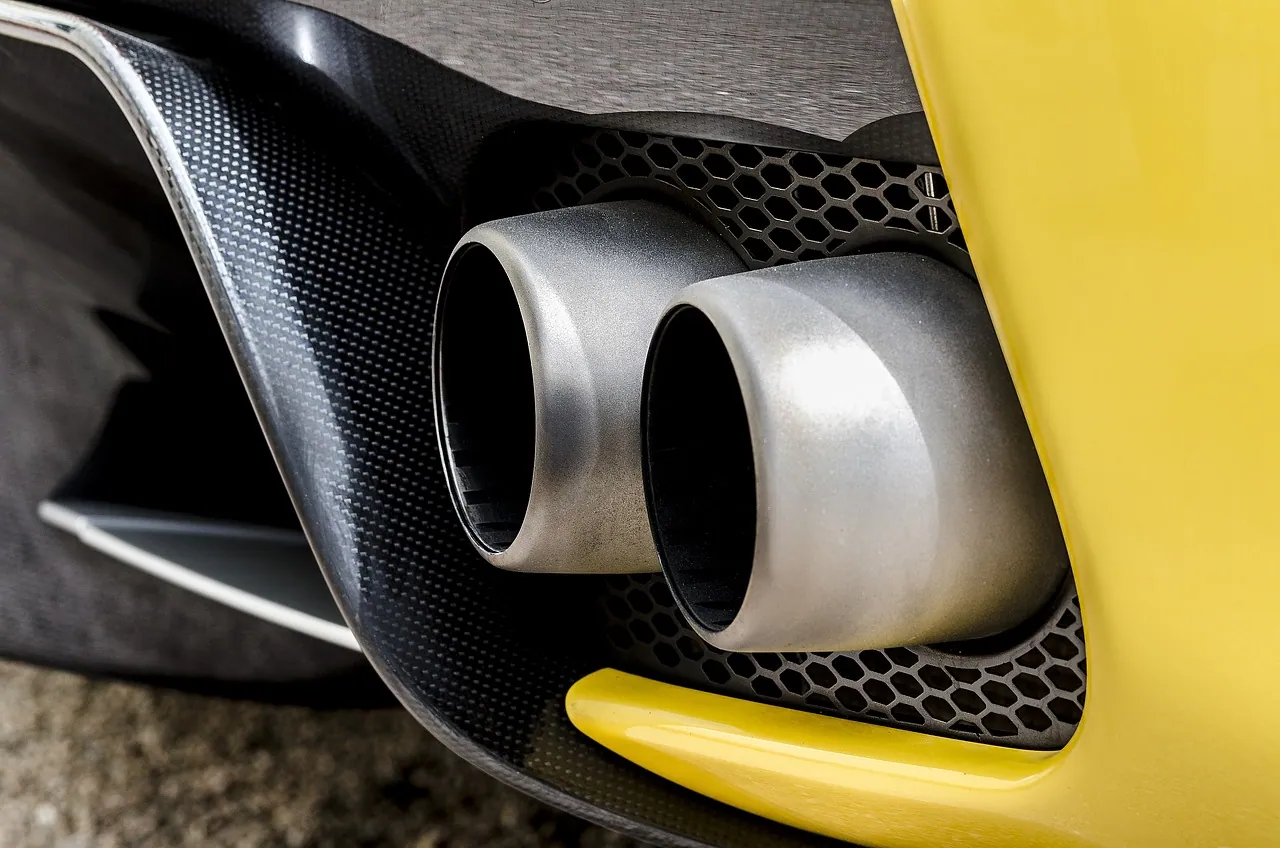An in-depth explainer on grading criteria for allowable pollutants from new automobiles
Over 75% of cities in India breach global thresholds of PM2.5 air pollution levels. Transport sectors contribute majorly in urban centers with new analysis showing vehicles now eclipsing industries as the #1 source.
While fleet upgrades to Bharat Stage 6 emission norms enforce heavy restrictions on tailpipe pollutants from vehicle types within allowable limits, the path remains long as ownership balloons. This article explains the chronology of instituting higher Indian standards, key differences between phases, technologies enlisted in achieving cleaner benchmarks and potential side effects.
Air Pollution: India’s Silent Public Health Emergency
The health impacts from chronic exposure to toxins in the country’s air now reveal staggering scales. Over a million annual premature deaths stem from fine particulates per Lancet Planetary Health. Lung functioning reduced by 3-4% equates to smoking nearly 10 cigarettes daily!
Asthma rates in children have explosively multiplied. Brain damage links to neurological conditions like Alzheimer’s and Parkinson’s diseases. Diabetes and newborn health defects rise amidst the smog haloing cities now ranked the world’s worst.
Lost labor productivity and overwhelming healthcare costs tally over 5% GDP drag by estimates from government bodies like NITI Aayog. And India scarcely monitors or enforces policies around most pollutants – thus true costs likely exceed knowns.
Within this public health crisis, the transport sector represents the #2 source of urban air pollution nationwide. Realizing vehicles sold today remain driving for 15+ years over lifetimes, upgrading stock towards lower life cycle emissions holds immense value.
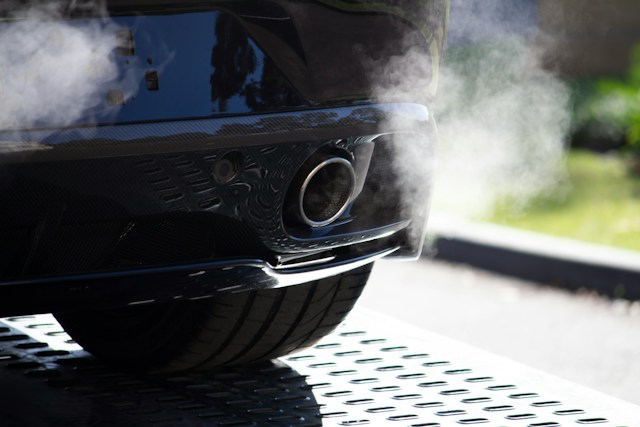
Chronology of Tightening Vehicle Emissions Norms
Bharat Stage (BS) norms denote emission standards and fuel specifications instituted for India by the Ministry of Road Transport and Highways (MoRTH). Rules get announced years prior to taking effect allowing manufacturers R&D lead time.
Each successive generation aims to tighten limits by 20-25% on tailpipe chemicals versus preceding phases. Norms align transportation rules closer to practices from developed regions like the European Union, Japan and North America striving for harmonized global regulations.
The Road to BS6
| Phase | Year Adopted | Year Effective | % Drop from Previous |
|---|---|---|---|
| Bharat Stage 2 | 2001 | 2001 | – |
| Bharat Stage 3 | 2003 | 2005 | 25-30% drop vs BS2 |
| Bharat Stage 4 | 2005 | 2010 | 25-30% drop vs BS3 |
| Bharat Stage 6 | 2016 | 2020 | 80% drop vs BS4 |
BS6 Delayed Amidst Manufacturer Concerns
Original targets sought BS6 rollout by 2017 before pushback from automakers fearing inadequate lead time preparing for advanced upgrades needed meeting upgraded norms.
The apex Society of Indian Automobile Manufacturers (SIAM) lobby group cautioned members required 4 years minimum adjusting product roadmaps and factories towards revolutionary retooling.
Thus after postponing BS6 from 2017 to 2020, nationwide adoption finally commenced on April 1st, 2020 mandating all vehicles sold meet new criteria.
Comparing Emissions Between BS Phases
Each Bharat Stage phase from BS2 onwards stipulated permitted ceilings on tailpipe release of major air and greenhouse pollutants along with subtle variations in mandated fuel quality.
Key Pollutants Governed
- Particulate Matter: Microscopic airborne particles linked to respiratory issues
- Nitrogen Oxides: Causes smog formation and asthma triggers
- Carbon Monoxide: Toxic gas starving blood cells of oxygen
- Hydrocarbons: Ground level ozone and haze precursor
Summary of Allowable Emissions Per Kilometer
| Pollutant | BS 2 Norms | BS 4 Norms | BS 6 Norms |
|---|---|---|---|
| Particulate Matter (PM) | NA | 25 mg/km | 4.5 mg/km |
| Nitrogen Oxides (NOx) | NA | 0.25 g/km | 0.06 g/km |
| HC + NOx | 2.0 g/km | 0.5 g/km | 0.17 g/km |
| Carbon Monoxide (CO) | 14 g/km | 1.0 g/km | 0.3 g/km |
| Sulphur (SO2) | NA | 50 ppm | 10 ppm |
Thus BS6 represents over 80% combined reduction in emissions limits from year 2000 levels – bringing India closer in line with regulations enforced within the European Union, United States and Japan.
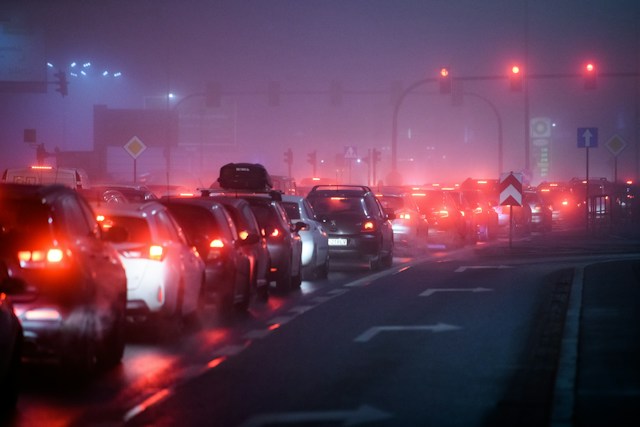
Bharat Stage 2: First National Emission Limits
- Adopted in 2001 as India’s inaugural emission regulation
- Aligned with Euro 2 tailpipe allowances popular in Europe
- Set initial thresholds for CO, NOx and HC emissions from on-road vehicles
- Did not cover PM nor mandate advanced emission control equipment
- Still applies for commercial vehicles but phasing out
Thus BS2 norms marked first attempts at censorship of air pollutants from mobile sources. However, maximums remained quite high and mainly relied upon engines running smoothly enough to stay within wide bands.
Bharat Stage 3: Meaningful Improvements
In many ways, Bharat Stage 3 standards enforced from 2005 represented the first meaningful stride:
- Over BS2: NOx emissions reduced 24%, HC output cut 29%
- Introduced catalytic converters + oxygen sensors: Optimized combustion efficiency
- Applied to all new 2/3 wheelers, cars and lighter trucks
- NOx + HC combined limited to a maximum of 2.0 gm/km
Catalytic converters leverage precious metals to treat unburnt exhaust gases while lambda sensors precisely gauge oxygen levels for properly calibrated fuel injection timing and volumes.
Bharat Stage 4: Further Clamping Down
Graduating to Bharat Stage 4 build on BS3 gains by 2010:
- Further reduced all covered emissions over preceding vehicle certification
- Additional diagnostics required ensuring emissions systems remain functional
- Extended from smaller cars/bikes to cover heavier trucks and buses
On-board self-diagnostic capabilities monitor functionality status of exhaust treatment equipment. Detection of tampering or disable tricks prompt computer safeguards restricting engine performance as a precaution.
However, BS4 still lagged behind world class norms by sizable margins – especially on microscopic particulate matter believed most hazardous for human health via deep lung penetration.
Commercial lobbies lobbied to delay further actions despite studies showing hundreds of thousands of annual deaths linked to transportation originated pollution like PM 2.5.
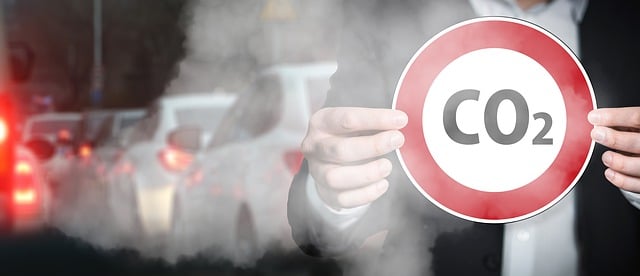
BS6 Revolution: 80% Drop in Emissions
Bowing to rising public pressures over dangerous air quality levels, Prime Minister Narendra Modi’s administration announcements leapfrogging to BS6 rules took heavy industries by surprise based on sheer magnitudes of changes necessitated:
Key Improvements
- Particulate Matter: Slash by gigantic 80% over earlier BS4 vehicles
- Nitrogen Oxides: Reduction target of 70% vs allowable BS4 NOx
- SO2: Negligible at just 10 PPM from 50 PPM
- CO: Extremely low cap at 0.3 g/km against prior 1.0 g/km
Thus BS6 vehicles release vastly lower amounts of health and climate impacting compounds over usage lifetimes compared to aging incumbents on roads today.
New Diagnostic Protections
- Tamper-proof controls disable vehicle if detecting emissions systems disabled
- OBD tools mandatory for emissions related fault diagnostics
- Warranty protections for emission hardware malfunctions
This prevents bypassing of exhaust treatment gear for heightened performance or fuel efficiency, preserving eco-performance.
Enablement By Advanced Sensors, Catalysts, Computing
- More precise fuel injection timing/duration/pressure
- Improved catalytics formulations treating higher volumes
- Particulate matter traps
- NOx absorption compounds
- Lambda sensors provide feedback on optimum combustion
Thus BS6 models run far cleaner than predecessors via upgraded mechanical and electronic capabilities working symbiotically. Let’s explore specifics inside modern engines…
Under The Hood: How BS6 Cuts Emissions
A combination of improved mechanical construction and intelligent computing enable vehicular releases matching far cleaner burn benchmarks:
Catalytic Converters
- Larger catalytic volumes treating higher exhaust quantities
- Multiple stage catalysts each targeting specific compounds
- Enhanced precious metal concentrations improve chemical reactions
Particulate Filters
- Physical traps capturing microparticles before tailpipe exit
- Incinerates most trapped particulates into less harmful forms
Electronic Sensors & ECU
- Lambda sensors precisely gauge oxygen levels signaling for adjusted injection parameters
Upgraded Computing Power
- More powerful ECUs (Engine Control Units) crunch sensor inputs to fine tune multiple parameters for optimal combustion:
- Injection timing: When fuel injected in cylinder cycle
- Injection duration: For how many milliseconds kept open
- Injection pressure: Bar pressure for fuel atomization
- Throttle modulation: Mixing ratios of air & fuel
- EGR levels: Recirculated exhaust to lower temperatures
- Accounts for driving styles, ambient temperatures, altitudes
This precision control reduces pockets of rich or lean combustion that generate higher unwanted emissions.
NOx Storage Catalysts
- Specialized catcon materials chemically bind NO and NO2 gases during oxygen-rich driving phases
- Later releases the absorbed oxides for treatment under oxygen-deficient periods
Sophisticated interactions between advanced hardware and computing power collectively achieve drastic reductions in tailpipe releases.
On-Board Diagnostics
Parametric sensors coupled with ECU programming oversees status of emissions systems:
- Detect tampering: Engine power reduced to restrict vehicle operation
- Diagnose malfunctioning components under warranty for required free repairs
- Necessitates proprietary scan tools to extract and clear trouble codes
This prevents bypassing or sabotaging of emissions treatment gear for heightened performance/economy.
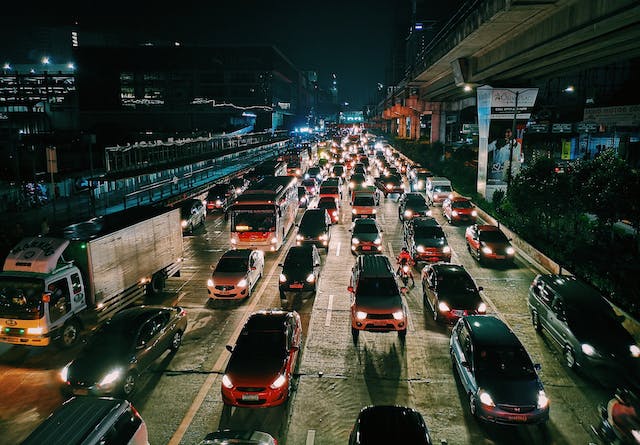
Outcomes From Graduating Vehicle Standards
While pushing automakers onto cleaner tech trajectories necessitates extra R&D and upgraded manufacturing costs, benefits to national health and environment outweigh expenses.
Reduced Pollution from New Vehicles
Over standard 15-20 year lifecycles, each BS6 vehicle emits far lower tonnage of health and climate impacting gaseous + particle pollutants into the atmosphere than BS4 predecessors.
- Petrol cars emit 20-30% lower greenhouse gases over lifetimes
- Diesel models cut particulate matter emissions by astonishing 6-7 times less
This eases air quality as updated vehicles propagate through used car markets eventually.
Incentivizing Sustainable Technology Evolution
Mandating more stringent upper limits on tailpipe factors prompts vehicle manufacturers to introduce better performing emissions systems leveraging enhanced mechanical, chemical and digital capabilities.
Meeting BS6 rules catalyzed development of:
- Optimized multipoint fuel injection
- NOx storage catalyst materials
- Particulate incineration traps
- Lambda sensor fuel ratio feedback
Future Standards Roadmap
MoRTH already drafted proposals jumping minimum standards to futuristic Bharat Stage VI levels by 2028 targeting:
- Eliminating all tailpipe particulate matter via technical enhancements
- Further reductions in NOx releases building on BS6 engines
- More testing under dynamic driving conditions vs static lab certification
Thus India commits towards continually elevating emission criteria thereby advancing vehicle technologies prioritizing lower environmental impacts.
Boosting Exports
Harmonizing India’s emission rules with EU6 opens expanded feasibility of vehicle exports to foreign markets already regulated by prevailing clean transportation standards.
Potential Curb of Climate Impact
Capping both short and long term pollutants like CO2 brings urgent attention to transportation sectors’ impact accelerating climate change amidst record global warming indicators across India.
Thus while the road stretches long towards mitigating vehicular emissions as ownership balloons, BS6 norms bring standards closer in line with developed economies to benefit health and climate outcomes.


